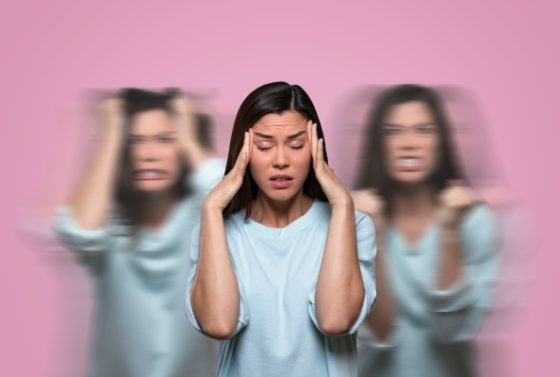Top Six Causes Of Mental Illness
Since the pandemic, there’s been an increase in mental illnesses worldwide. Thankfully, it’s not all bad news. There’s help for people with mental illness.
Proper treatment and therapy are effective ways to treat mental illnesses. There are experienced and trained therapists who can help patients with mental health challenges to live a productive life.
Professional therapists will use
depending on the mental disorder.
It’ll be helpful to identify some of the reasons why so many cases of mental illnesses are recorded across the world. Identifying these causes can help more people spot the signs and take the necessary precautions to help themselves through treatment and therapy.
Here’re six top causes of mental illnesses.

1. Social Pressure
There’s a growing concern about societal pressure today. No one is spared from the prevalent social anxiety.
Some people can handle the social pressure. While others give in, leading to severe mental problems.
Mental health problems can start when the individual gives in to social anxiety.
Similarly, with an increasing number of cases of depression due to job loss, homelessness, and the death of a loved one during the pandemic, there’s a surge in cases of mental illnesses.
2. Cases of Relapse
A relapse occurs when an individual starts experiencing mental health challenges after completing treatment. Deterioration could arise if the patient didn’t get the proper treatment or cooperate during therapy.
There are many ways to prevent a relapse. However, patients who don’t know what to do after treatment are vulnerable to relapse. Patients without the right support system can also experience a relapse.
3. Increase in Substance Abuse
The menace of illegal substances has contributed significantly to the increasing number of mental health cases today. It’s apparent there’s a communication gap between health care professionals and people vulnerable to mental health problems.
Illegal substances are addictive and play a significant role in causing a wide range of mental health illnesses, including paranoia, hallucinations, depression, and anxiety.
4. Cost of Therapy
Anyone with a mental illness should go to therapy. However, this is hardly ever the case. The refusal to seek help may compound and complicate issues.
The cost of therapy is why people don’t seek help when they experience symptoms of a mental illness. Other causes also include the fear of stigmatization and ignorance.
There’s always a way out. Seeing a therapist early on could significantly lower the effects of a mental illness.
5. Family History
Unfortunately, some people become mentally ill due to genetics. For instance, mental illnesses such as anxiety, depression, schizophrenia (read more about it at https://www.betterhelp.com/advice/therapy/can-you-see-a-therapist-for-schizophrenia/), among others, could be experienced through family generations, from parents to grandchildren, and it continues.
People who suspect they’re prone to mental health challenges can also start therapy early to prevent the symptoms from getting worse.

6. Childhood Abuse and Trauma
Children who were victims of abuse could grow up and experience mental health challenges as adults. Additionally, the trauma caused by childhood abuse can also create susceptibility to mental illness.
The solution is getting professional support from a therapist. Childhood trauma, if left untreated, can manifest in the form of toxic traits or a mental illness in adulthood.
Ways to Reduce the Prevalence of Mental Health Issues?
There should be more awareness of mental illnesses, the signs, symptoms, and value of therapy. So, when more people know help is available, they’ll feel encouraged to contact a therapist for treatment.






